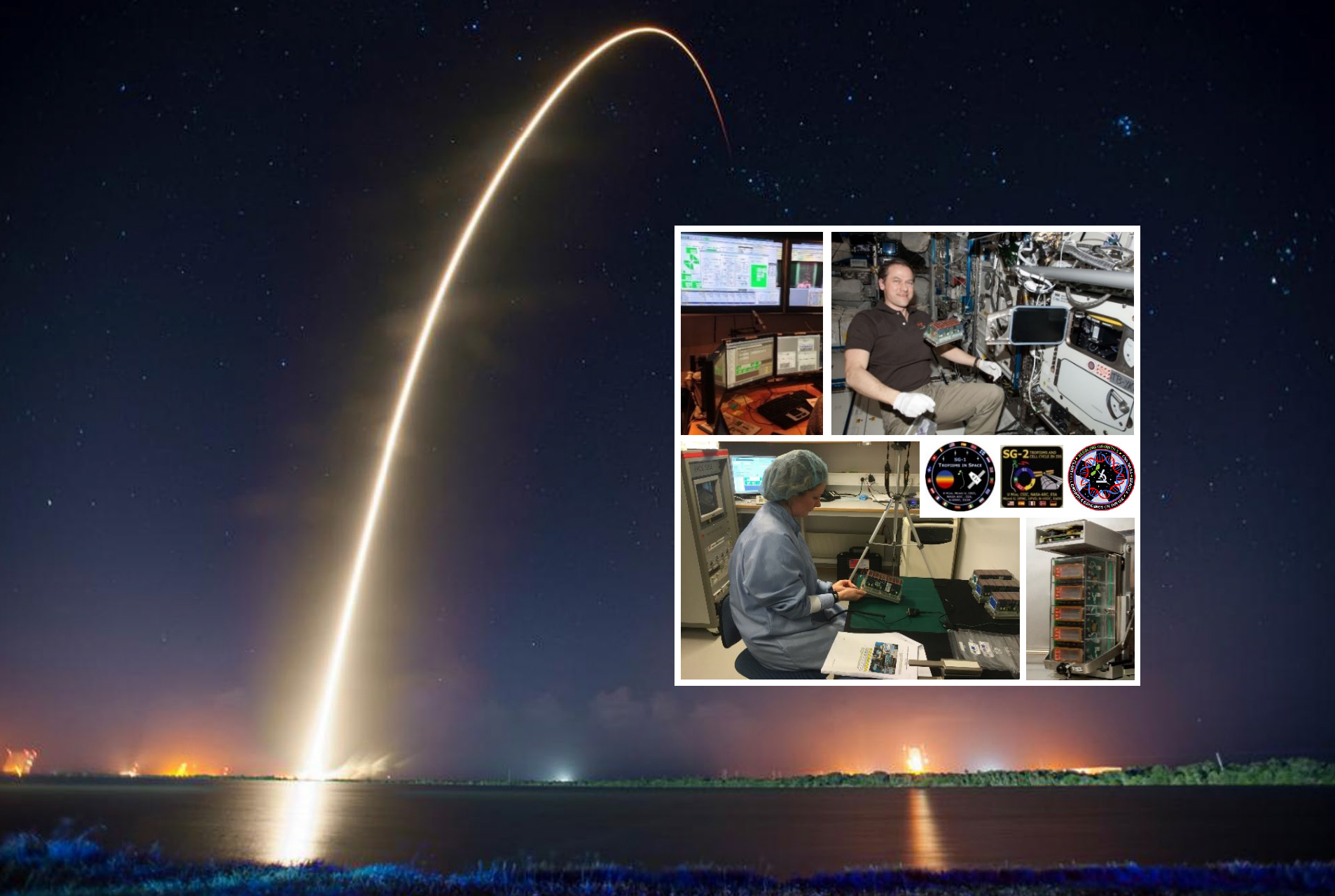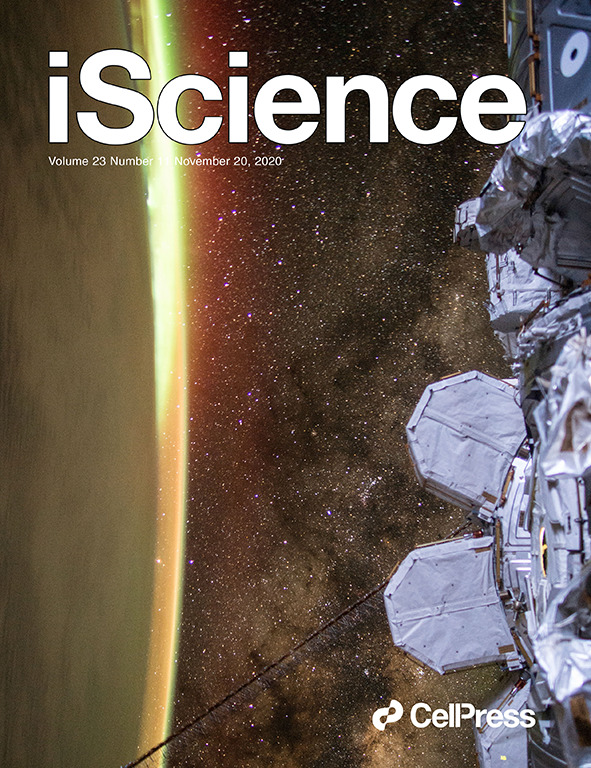
On November 25, around twenty scientific articles on space biology related to the research at Space Omics were simultaneously published in journals of the Cell Press publishing group. Within this package, the group of Plant Cell Nucleolus, Proliferation & Microgravity at the Margarita Salas Center for Biological Research (CIB-CSIC) has published three articles, directed by Dr. Raúl Herranz, in the magazines iScience, Cell Systems and Patterns.
Dr. Herranz is the coordinator in Europe of the global consortium International Standards for Space Omics Processing (ISSOP), which is described in detail in the Patterns publication and which aims to standardize the access and processing of the huge volumes of data generated in the last few years in space omics experiments, both in model organisms and in humans. An integrated approach to these data sets will allow us to understand how factors such as radiation, microgravity or isolation affect living beings, crucial aspects not only for safe and effective manned space exploration, but also for its use on Earth in medical research and biological pathologies, especially those related to aging.
In this sense, and to facilitate the storage, analysis and visualization of the data collected in space and its analogous experiments on Earth, NASA has launched GeneLab, an open access resource to compare the space biology experiments of the last two decades. The letter published in Cell Systems by Madrigal et al. describes the creation of the ESA funded Space Omics Topical Team, which will be responsible for supporting European scientists participating in GeneLab and promoting the use of omics by ESA's space biology community. The team is made up of experts in space biology, bioinformatics, and space experimentation across Europe, including Dr. Medina and coordinated at our center in Madrid by Dr. Herranz.
The GeneLab data system includes experiments with various levels of gravity, high radiation, as well as the effect of suboptimal environmental conditions (temperature, humidity, air composition) on different organisms. Precisely, the controls of these extreme experimental conditions constitute the main obstacle to the standardization of this type of experiment, as evidenced in the publication of the Seedling Growth experiment, published in iScience by the Plant Cell Nucleolus, Proliferation & Microgravity of the CIB Margarita Salas.

References:
The importance of Earth reference controls in spaceflight –omics experiments: An example from the Seedling Growth experiments. Aránzazu Manzano, Alicia Villacampa, Julio Sáez-Vásquez, John Z. Kiss, F. Javier Medina, Raúl Herranz (2020) iScience. DOI: https://doi.org/10.1016/j.isci.2020.101686.
Revamping Space-omics in Europe. Pedro Madrigal, Alexander Gabel, Alicia Villacampa, Aránzazu Manzano, Colleen S Deane, Daniela Bezdan, Eugénie Carnero-Diaz, F Javier Medina, Gary Hardiman, Ivo Grosse, Nathaniel Szewczyk, Silvio Weging, Stefania Giacomello, Stephen D R Harridge, Tessa Morris-Paterson, Thomas Cahill, Willian A da Silveira, Raúl Herranz (2020) Cell Systems. Nov 9; S2405-4712(20)30413-0. https://doi.org/10.1016/j.cels.2020.10.006. Available at https://issop.space/space-omics-topical-team/
A New Era for Space Life Science: International Standards for Space Omics Processing (ISSOP). Lindsay Rutter, Richard Barker, Daniela Bezdan, Henry Cope, Sylvain V. Costes, Lovorka Degoricija, Kathleen M. Fisch, Mariano I. Gabitto, Samrawit Gebre, Stefania Giacomello, Simon Gilroy, Stefan J. Green, Christopher E. Mason, Sigrid S. Reinsch, Nathaniel J. Szewczyk, Deanne M. Taylor, Jonathan M. Galazka, Raul Herranz, Masafumi Muratani (2020) Patterns. https://doi.org/10.1016/j.patter.2020.100148
More information:
CSIC Press Release: link

